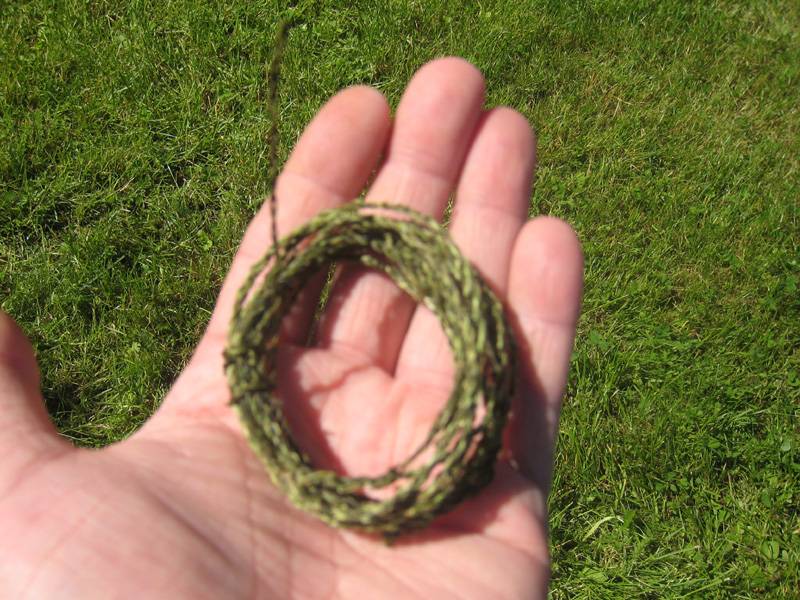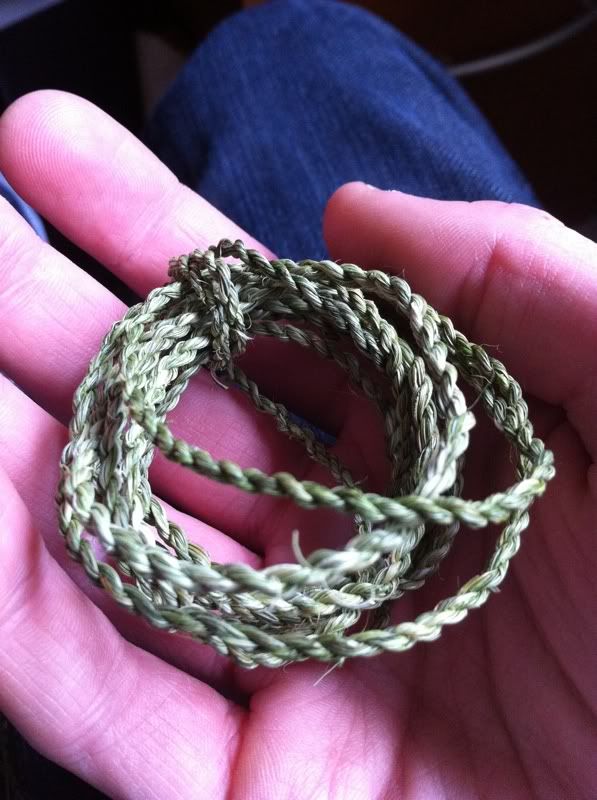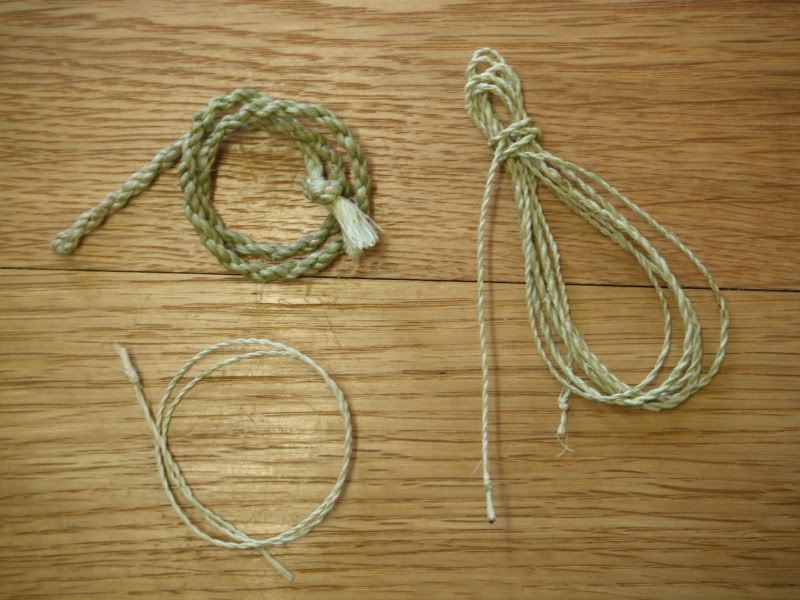I'm gonna try making some string / cord with nettles this year...
Not tried it before but it looks like something i'll enjoy doing in the woods with a nice cuppa....
It would be great to see the cord you guys make and the material and methods you use.
What do you use your home made string for???
Bow strings, setting up a tarp... would your cordage hold up your hammock....lol...????
Not tried it before but it looks like something i'll enjoy doing in the woods with a nice cuppa....
It would be great to see the cord you guys make and the material and methods you use.
What do you use your home made string for???
Bow strings, setting up a tarp... would your cordage hold up your hammock....lol...????
Last edited:





